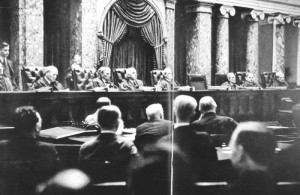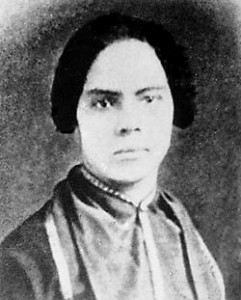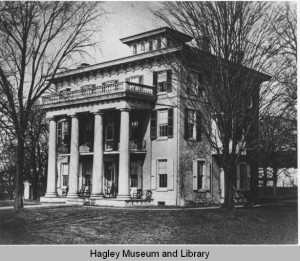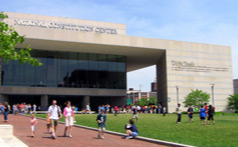 The United States Supreme Court does not allow photography during its sessions. Only two known photographers have been able to take photographs of the Court in session. Both did it by hiding their cameras.
The United States Supreme Court does not allow photography during its sessions. Only two known photographers have been able to take photographs of the Court in session. Both did it by hiding their cameras.
The most famous of these photos was taken by Erich Salomon. In 1932 Fortune magazine hired Salomon, a German photographer, to make a photographic tour of America. To get a photo of the Supreme Court he faked a broken arm and hid the camera in his sling.
Salomon had an interesting career as a photographer. He was a law student, receiving his law degree in 1913. He served in the German army in WWI, was captured and spent four years in a French POW camp. He tried a number of careers before he became a photographer, including running a car and motorcycle hire business where he offered to drive customers around on a motorcycle and give them legal advice at the same time. He eventually went to work for the Berliner Illustrirte Zeitung, a German newspaper, where he started his photography career by hiding a camera in his hat to take photos of a murder trial.
He eventually became famous for his photos of international conferences, specializing in capturing the rich and powerful in unguarded moments, often by hiding his camera or himself. Politicians joked that international conferences couldn’t start until Salomon arrived with his camera.
When the Nazis came to power, Salomon left Germany for the Netherlands, but when the Germans invaded the Netherlands he and his family were sent to Auschwitz, where he was killed in 1944.
For more information on Erich Salomon see:
http://iconicphotos.wordpress.com/2009/06/13/supreme-court-in-session/
http://www.comesana.com/english/salomon.php
http://www.e-flux.com/shows/view/6100










